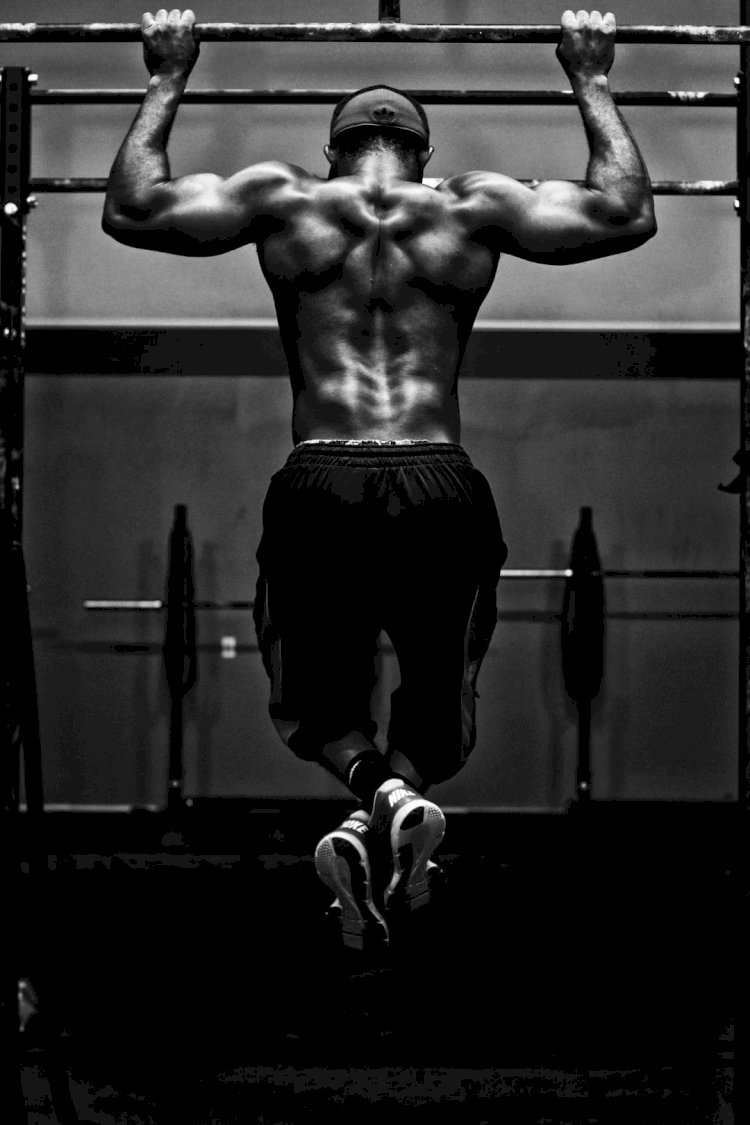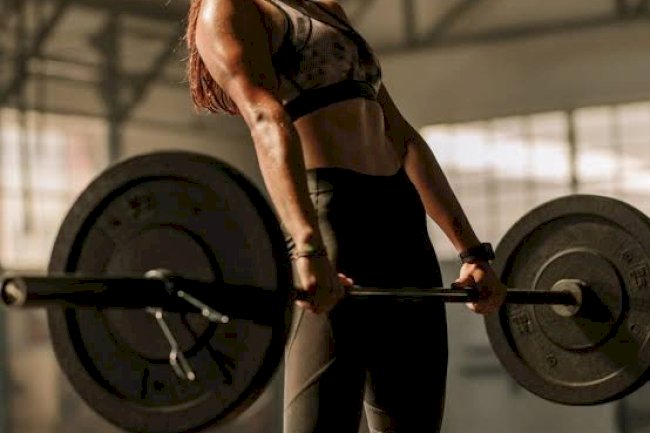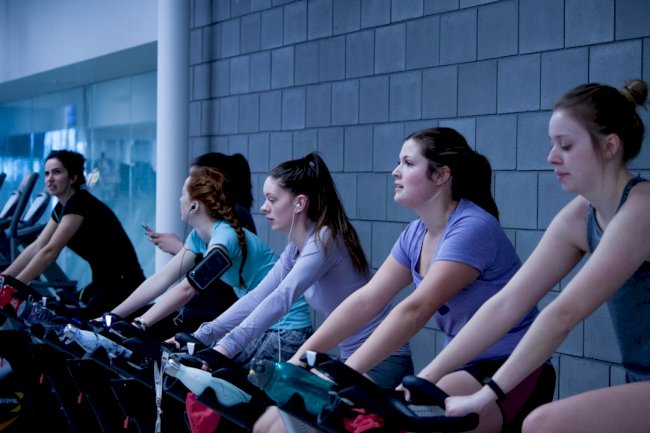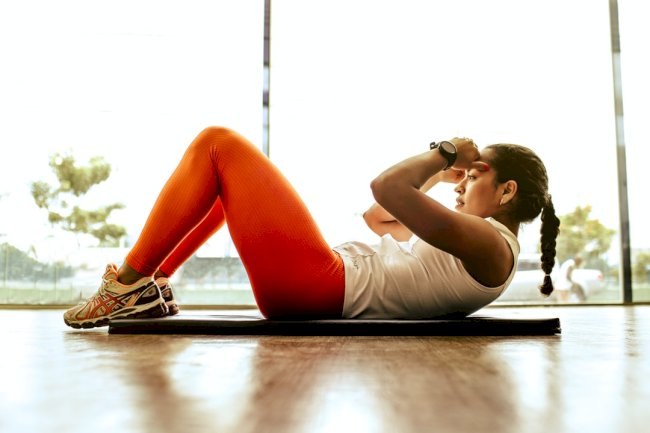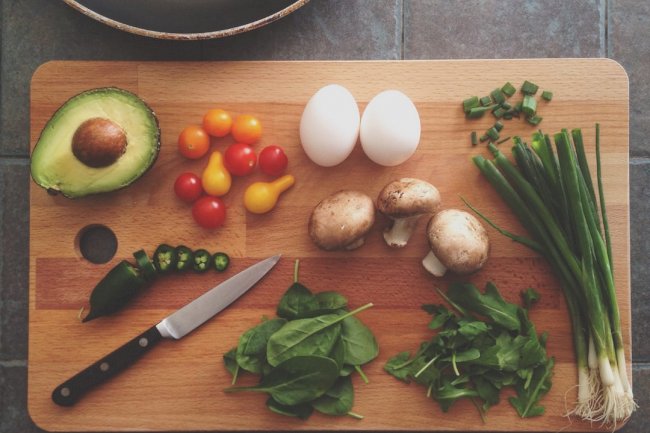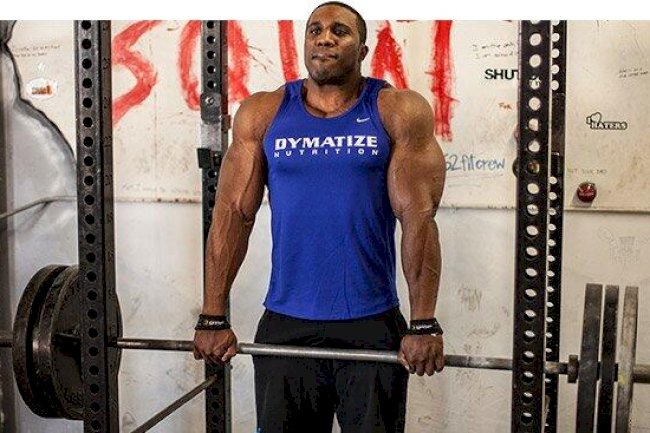Do you think just Bodyweight Activities are sufficient for muscle gain ??
Is bodyweight exercises is sufficient for building muscles? Go through this article to get the absolute information before starting your muscle building plan..
Also, if you quit lifting, will you lose it?
You realize that lifting loads will help you assemble muscle. Yet in case you're working out at home with no gear aside from your own body, you may puzzle over whether you'll, in any case, see gains—or, to be perfectly honest, lose some you endeavored to get beforehand. The basic answer: You absolutely can in any case fabricate muscle without every one of those weight plates and hand weights. Yet, there's somewhat more to the tale about utilizing bodyweight preparing to add muscle. This is what you need to know.
Could Bodyweight Activities Construct Muscle?

In case you're accustomed to lifting very substantial at the exercise center, snatching hand weights, or moving load on machines, repeating that at home can demonstrate to some degree troublesome. Yet, that doesn't mean you can't assemble muscle if you're restricted to bodyweight works out; it simply implies you'll need to change around how you regularly train. Possibly for you, that implies traveling through practices significantly more gradually or increasing the reps, sets, or timing of each move. "To construct muscle, you need to challenge the muscle". Along these lines, whatever transform it takes to challenge your muscles, that is the objective. What's more, sorting out what turns out best for you or what tests your body that most? Indeed, that will take some experimentation.
The upsides of bodyweight practices are that you're doing useful, compound developments that let you center around structure without the additional opposition. You'll get more grounded in development designs you use in regular day-to-day existence, in addition to you'll work numerous joints and muscles all at once with practices like squats, push-ups, and thrusts. You additionally work numerous more modest muscles, especially when doing settling works out, similar to bird canines, boards, and single-sided moves, she adds. These kinds of moves focus on your upper and lower body, alongside your center, testing muscles you don't generally work with loads.
Some examination has contrasted stacked activities and bodyweight moves, showing comparative outcomes in how much muscle the members acquired. For instance, one little investigation contrasting a stacked seat press with a bodyweight push-up showed comparative muscle gains in the pecs and rear arm muscles following eight weeks. Another little examination on post-menopausal ladies at high danger for type 2 diabetes tracked down that 12 weeks of focused energy bodyweight stretch preparing expanded bulk to a comparable degree as a blend of high-impact and opposition preparing. Furthermore, in another investigation, one gathering did a progression of elbow flexion works out (think: bicep twists) with a weighty burden, and the other did the activities with bodyweight, trying to keep up the pressure all through the full scope of movement. The bodyweight bunch had a similar expansion in muscle size to the gathering with a weighty burden.
To assist you with seeing how bodyweight activities can fabricate muscle, however, realize how your muscles get greater in any case.
How Does the Body Assemble Muscle?
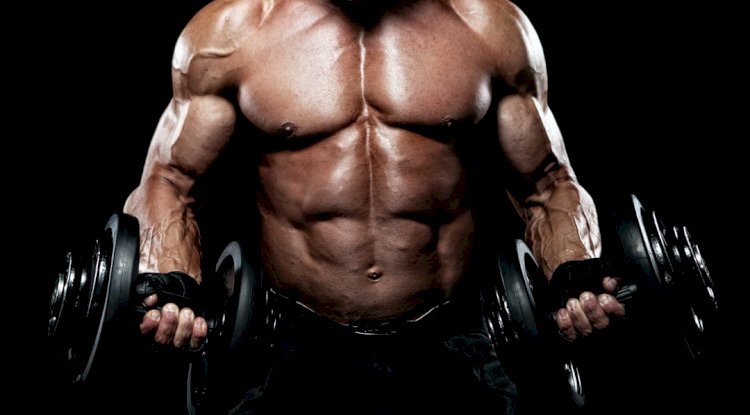
Building bulk—referred to in science as hypertrophy—includes testing muscle tissue and expanding protein union, which is the cycle of cells fabricating new proteins. You can do this through practice three: making mechanical strain, metabolic pressure, or microtrauma. While most kinds of preparing will consolidate each of the three different ways to instigate hypertrophy, which brings about the greatest advantage (also, these frameworks will in general cooperate), distinctive exercise procedures may target one strategy more than different. You don't have to plan your exercises to zero in on some, however, it very well may be useful to see absolutely how every technique constructs muscle:
Mechanical pressure: Mechanical strain commonly becomes an integral factor during weightlifting. You load the muscle with sufficient protection from make pressure, causing cell and atomic reactions that then, at that point lead to gains. Increasing the number of reps and sets (otherwise known as the complete volume) you do of each activity can increment mechanical strain which gives muscle-building benefits. (This is likewise essential for the science behind reformist over-burden.) Hindering the erratic activity or descending period of a move, such as bringing down into a squat, may likewise give some additional strain. For certain individuals, certain bodyweight practices offer sufficient opposition all alone, too, as in a push-up or a draw-up.
Metabolic pressure: That consuming sensation you feel when you're beating through squats, holding the lower part of a push-up, or on that last rep of sit-ups? That is a consequence of metabolic pressure, which happens when metabolites (otherwise known as byproducts that structure because of activity, like lactate) develop in the muscle tissue.. This causes hormonal, cell, and development factor responses, offering another approach to siphon up your muscles. It can increment anabolic chemical delivery, (chemicals like testosterone or development chemical that invigorate protein union), lead to cell expanding, and lead to an expansion in development factors, proteins that can animate tissue development by advancing cell propagation. (Related: How to Improve Your Lactate Limit)
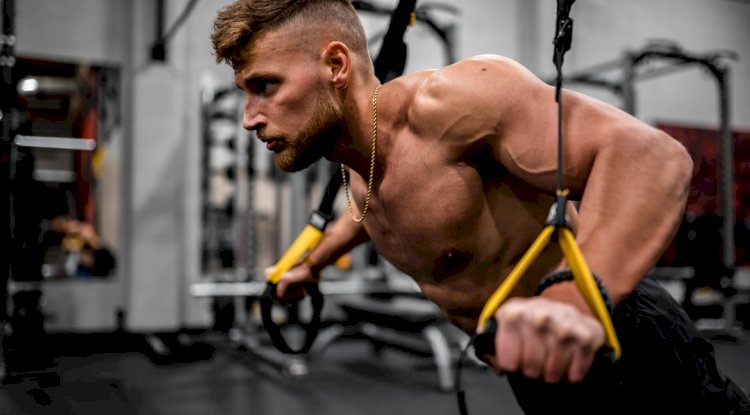
Microtrauma: This is the point at which you get little tears in muscle tissue on account of working out—be that as it may, specifically, obstruction preparing. Your body then, at that point attempts to fix that harm and that kicks off muscle development. While any activity can do this to your muscles (squats, boards, deadlifts, and so on), new moves you haven't done previously or haven't performed can likewise cause this microtrauma. Dance, running, bodyweight moves, and so on can cause microtrauma—it's anything but consistently an aftereffect of mechanical pressure.
The most effective method to Expand the Muscle-Building Advantages of Bodyweight Exercise
Such countless alternatives! There are various strategies for changing around your regular bodyweight exercise—even little changes can prompt greater muscle gains. However, Galbraith offers a couple of substantial tips for testing your body and empowering muscle building. These are in no specific request and the most ideal approach to fuse these techniques is individualized.
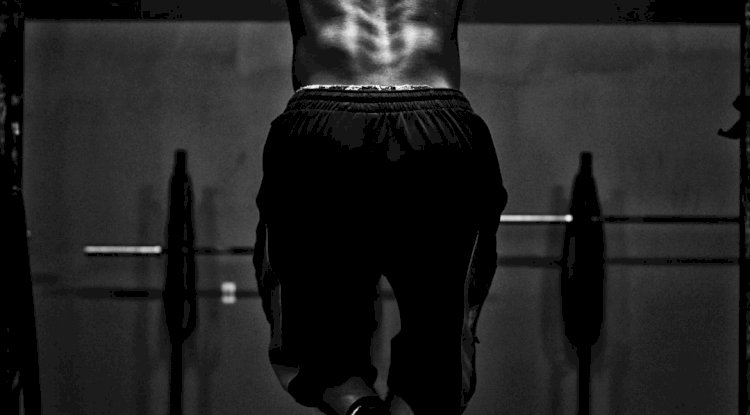
Attempt one or every one of the five of these strategies in your next exercise and see what tests your muscles the most:
Increment reps and sets; decline rest time: The more you do an activity, the more you'll build the metabolic pressure you put on your muscles. Accomplish a bigger number of reps and sets of bodyweight practices than you'd regularly do at the rec center with loads for comparative outcomes. You additionally need to restrict breaks between those reps and sets, as well, without forfeiting legitimate structure. This puts more weight on the muscle, advancing development. Indeed, research shows that low-load obstruction preparing (with a lightweight or bodyweight) joined with little rest may upgrade metabolic pressure and increment muscle size considerably more than lifting significant burdens and taking longer breaks. If you commonly lift loads for around eight reps in the exercise center, take a stab at doing that equivalent move for 20 reps at home with simply your body.
Change the point or beat of the activity: To increment microtrauma, have a go at taking your jumps for a walk or venturing out on a slanting. Or on the other hand, add a slope or decay to your push-ups, proposes Galbraith. Changing the point can both consolidate different muscles into the move, yet in addition, work various pieces of a similar muscle bunch. It's anything but a smart thought to hinder the flighty or descending period of an activity (like when you lower to the lower part of a deadlift) and afterward detonate up (rapidly climbing from a deadlift or pivoted position). Another alternative: Hinder the whole exercise. For instance, lower into a squat on a tally of three, holding at the base for three, then, at that point stand upon another check of three. This builds the time your muscle is under strain, which means you're bound to make microtraumas inside your lethargic jerk muscle strands, which have more perseverance limit than quick jerk filaments. (Attempt it: This 20-Minute HIIT Beat Exercise Plays with Speed In a Crazy New Manner)
Add a few holds and half-reps: This can add more metabolic pressure to the muscles, accordingly bringing about more gains. For instance, if rushes feel simple, hold the lower part of the development (the two knees twisted 90 degrees) for a couple of moments before holding up. Or then again, venture once more into your rush, lift mostly up, then, at that point drop down before you return up to standing. Additionally, take a stab at avoiding standing as far as possible up from a squat or lurch, or avoid dropping right down in a glute connect. This works since you're putting the muscle under strain for a more drawn-out timeframe, or taking out any focuses in the development where the functioning muscle gets a break. (Related: Why You Should Add Halfway Reps to Your Preparation and How to Do It)
Accomplish more plyometrics: To expand the pressure on your muscles, add some touchiness to your moves. Squat leaps, thrust hops, pivot bounces, burpees—they all check toward more muscle building. At the point when a muscle is extended, it prompts nerve terminating that flags a concentric withdrawal (shortening of the muscle). A faster stretch (like what occurs during the dangerous bit of a plyometric workout) prompts a more grounded nerve terminating and more noteworthy coming about compression of the muscle. That more grounded withdrawal implies your muscle is working more earnestly, and will probably bring about more microtrauma and subsequently more gains. One examination on youthful soccer players tracked down that the individuals who performed plyometric moves had comparative muscle gains to the individuals who did opposition preparing.
Perform single-sided works out: Switch your normal respective (or two-sided) activities to one-sided (or uneven) developments. That implies turning a squat to a gun squat, making your glute connect a solitary leg extension, or transforming your board into a solitary arm (as well as leg) board. These basic switches can expand the microtrauma to a muscle, just as add more strain or burden to that muscle. Consider the big picture: One side is dealing with all the weight as opposed to parting it.
Progress constantly
Similarly, as with activity, there's consistently a danger of hitting a level on the off chance that you continue to do it again and again without messing with any factors or proceeding to test your muscles recently. That is the reason progress your program, adding varieties to the activities and expanding the test on moves with the techniques Galbraith specifies over—that is how muscle building keeps on occurring.
What's Your Reaction?











